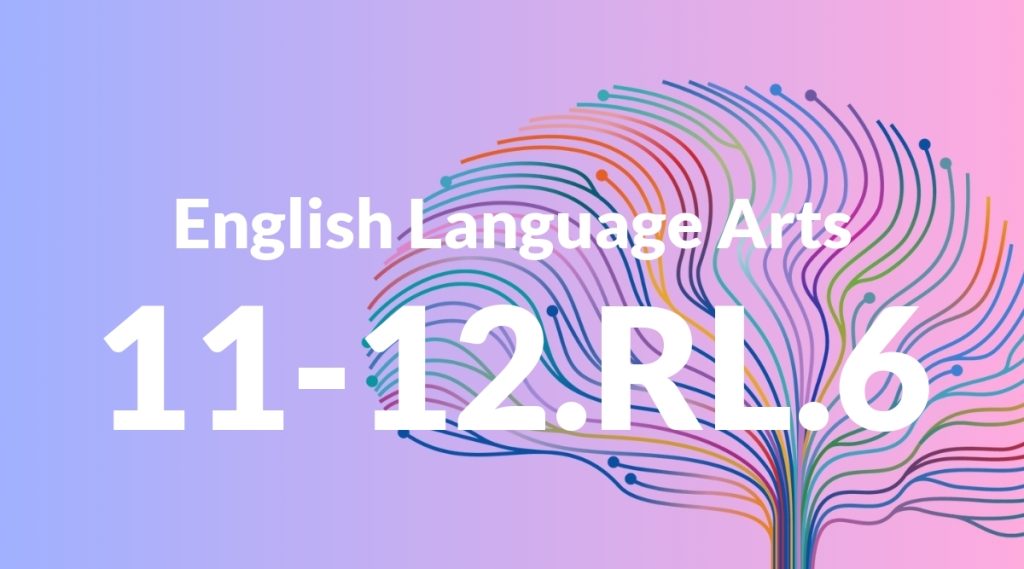Standard: 11-12.RL.6 – Analyze a case in which grasping a point of view requires distinguishing what is directly stated in a text from what is really meant (e.g., satire, sarcasm, irony, or understatement).
Grade level: Grade 11-12
Subject: English Language Arts
Domain: Reading: Literature
Teacher Overview
This standard focuses on the critical analysis of texts, particularly the ability to distinguish between what is directly stated and what is implied through literary devices like satire, sarcasm, irony, and understatement. Mastery of this skill is crucial for understanding nuanced arguments and themes in literature. Before tackling this standard, ensure students understand basic literary devices and can identify the main idea and supporting details in simpler texts.
Mastering this standard will enable students to critically engage with complex texts, preparing them for higher-level literary analysis and effective communication.
Common Misconception 1
Students often mistake figurative language for literal statements, failing to recognize the deeper meaning or intent behind the words.
Intervention 1
Use contextual clues and familiar examples to help students differentiate between literal and figurative language.
Common Misconception 2
Students may assume all text should be taken at face value, missing the author’s nuanced messages.
Intervention 2
Guide students to question the author’s intent and consider the context, purpose, and audience of the text.
Prerequisite Knowledge
Students should have a basic understanding of different literary devices such as satire, sarcasm, irony, and understatement, as well as the ability to identify the main idea and supporting details in a text.
Subsequent Knowledge
Students will develop the ability to critically analyze complex texts, understanding deeper meanings and authorial intent, which will prepare them for advanced literary studies and effective communication skills.
Instructional Activities
- Analyze political cartoons for satirical elements.
- Interpret sarcasm in social media posts.
- Identify irony in classic literature excerpts.
- Discuss understatement in news articles.




